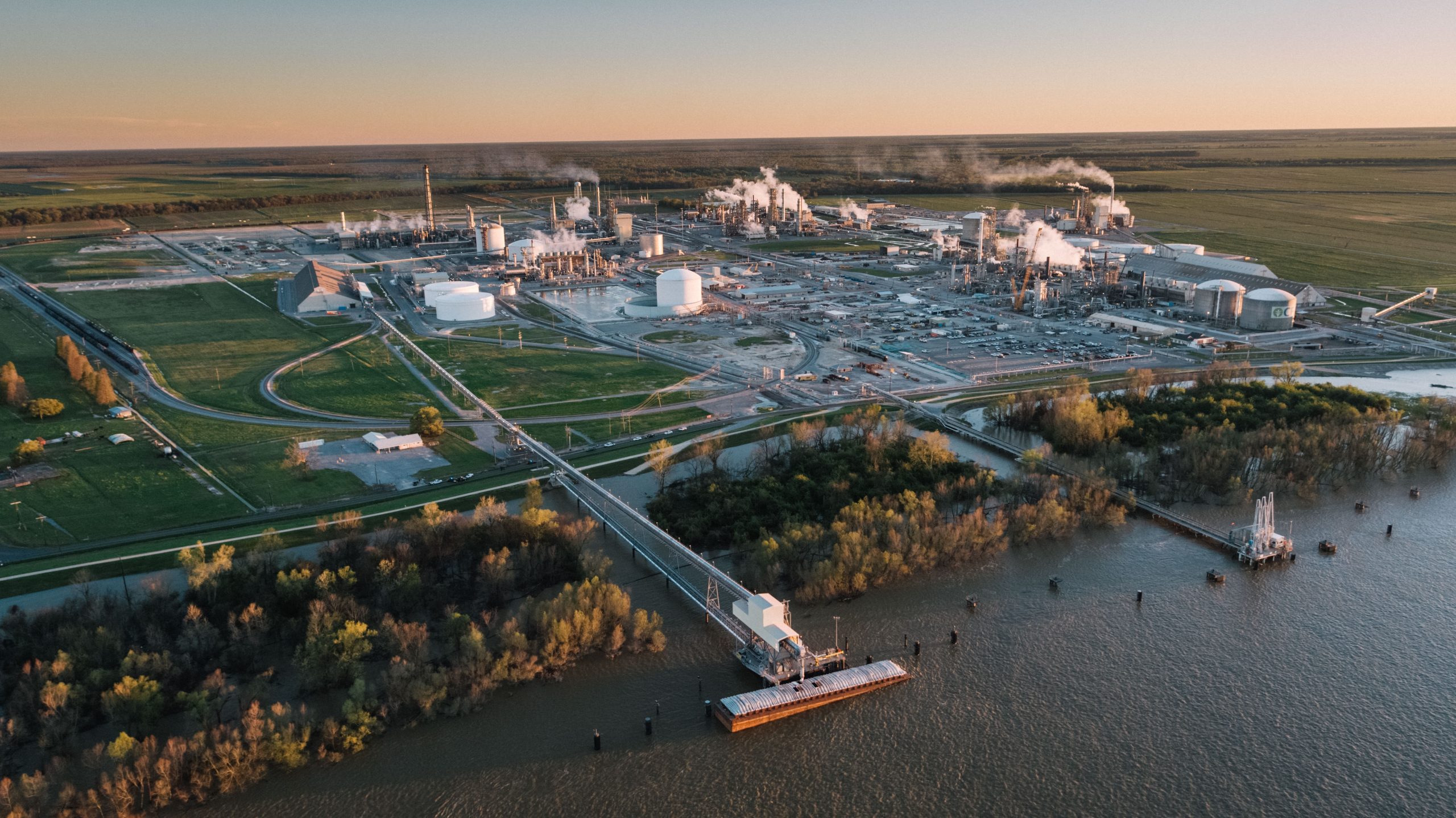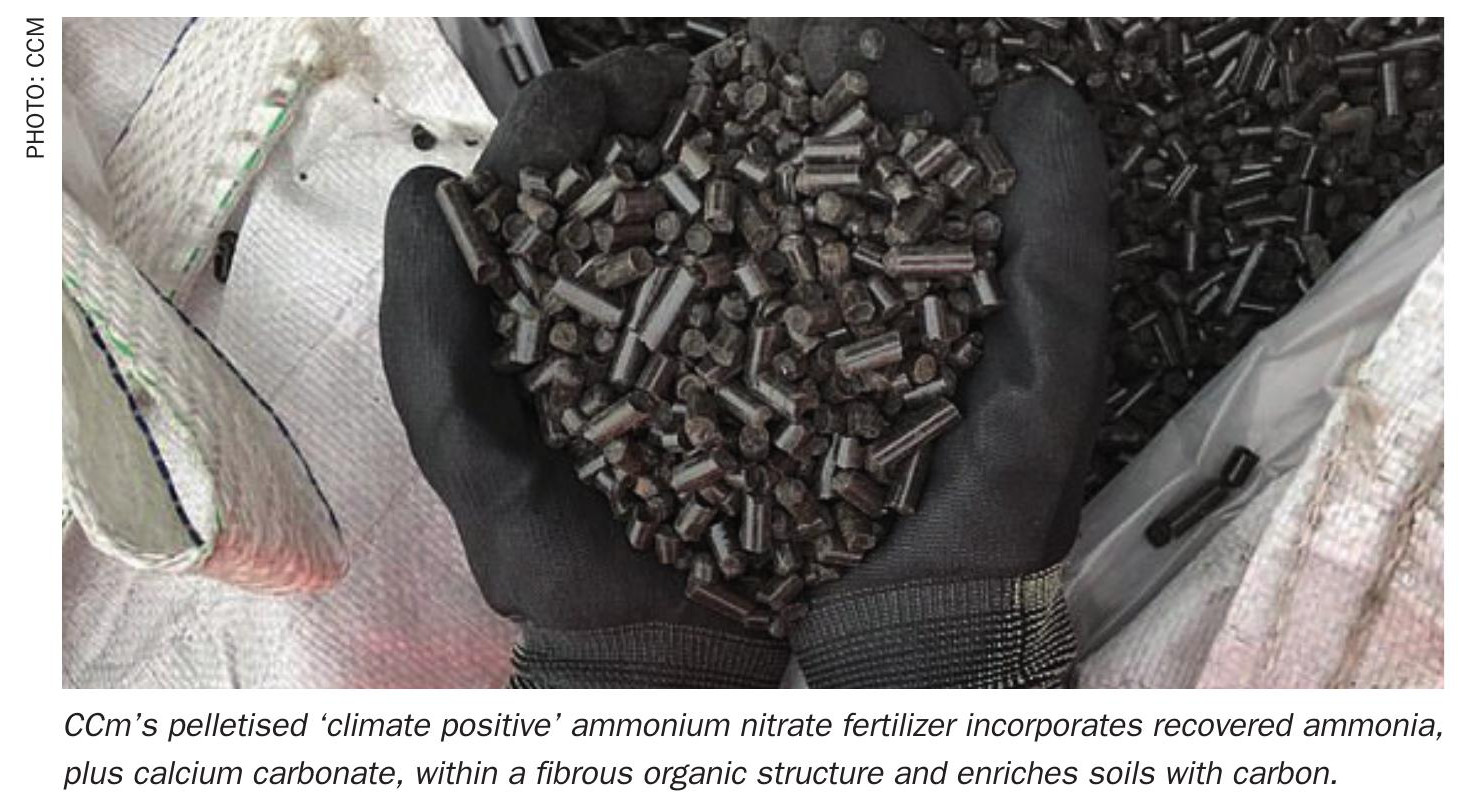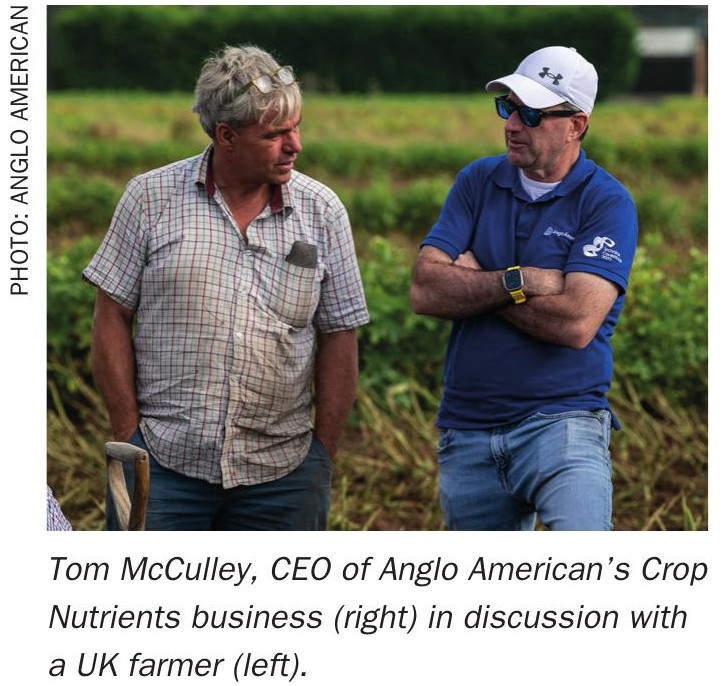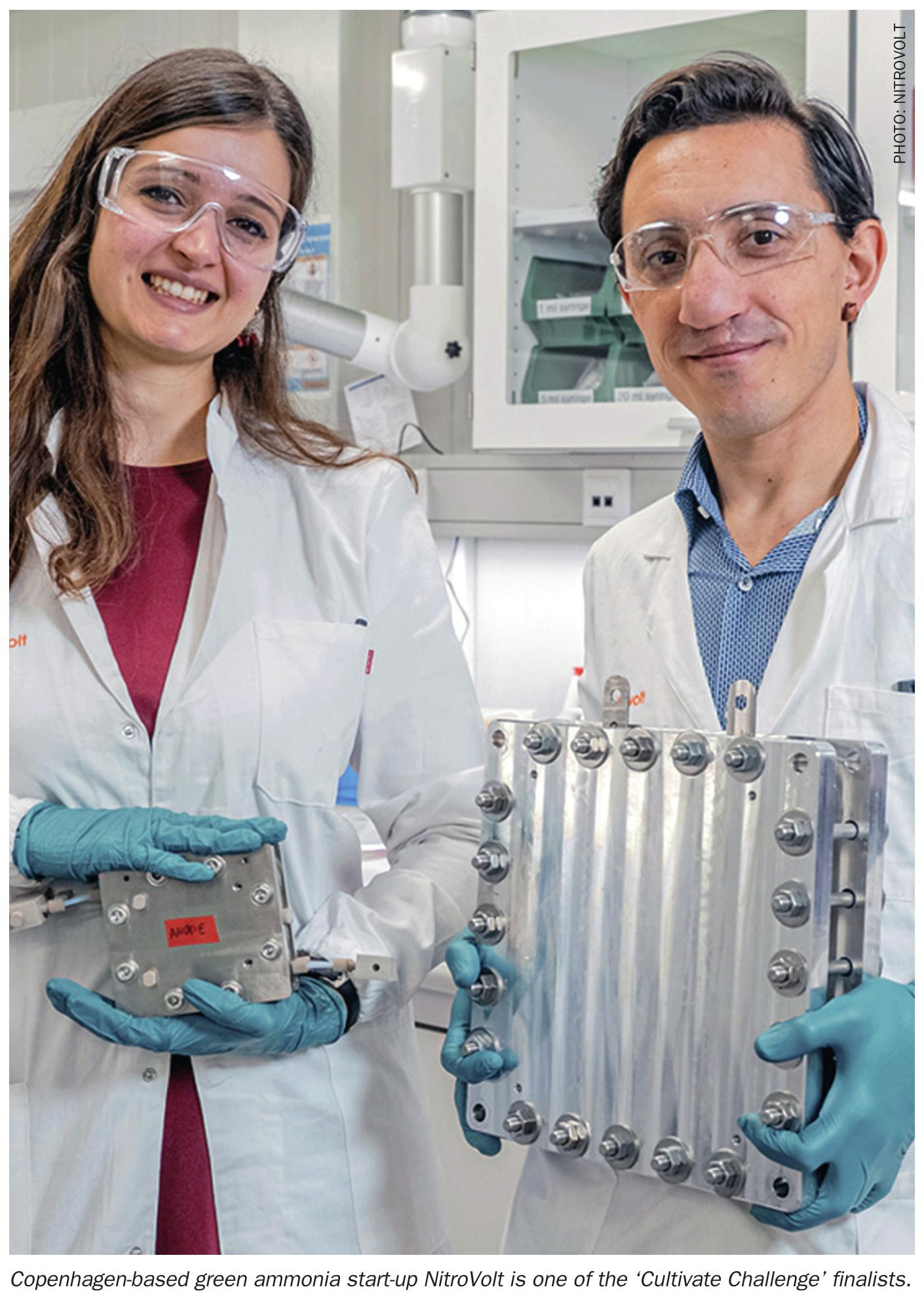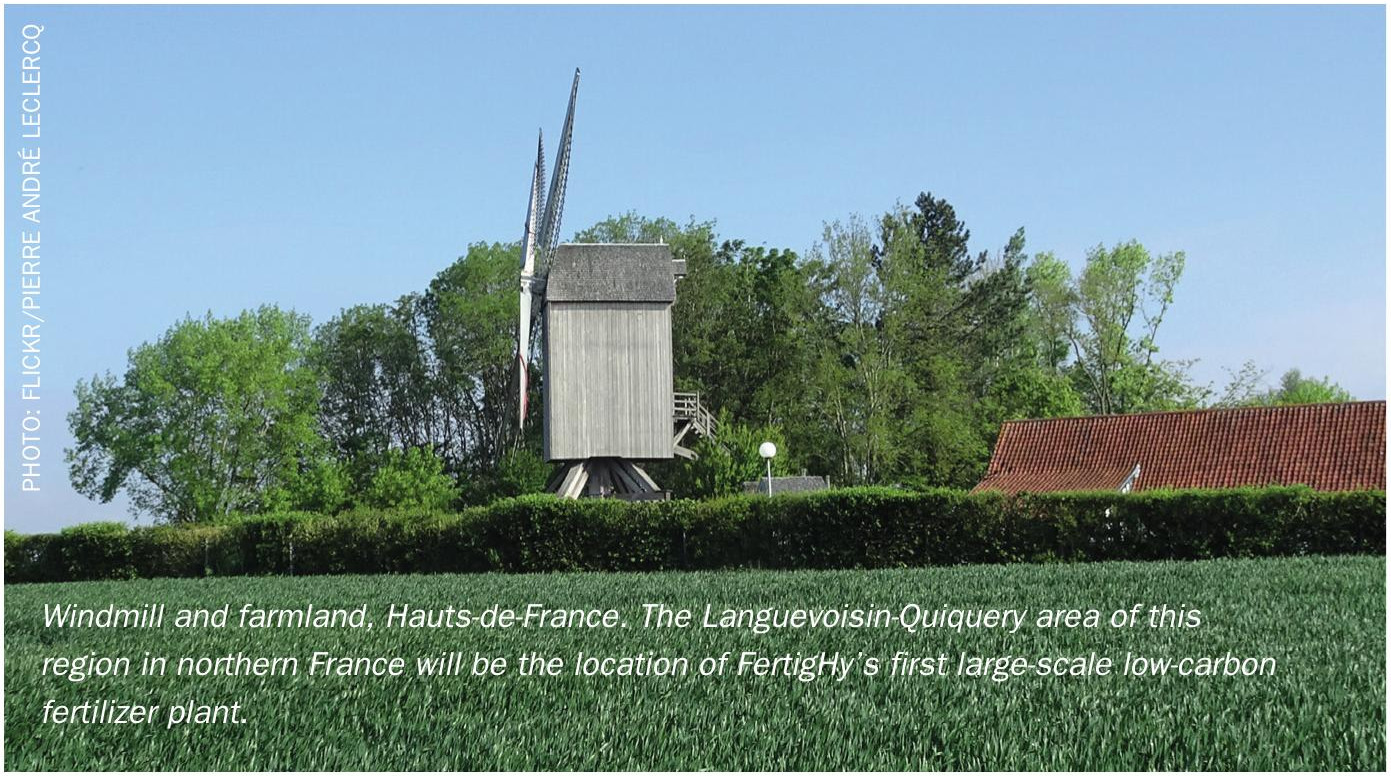Nitrogen+Syngas 385 Sept-Oct 2023

30 September 2023
Can SAF really help the sector transition to net zero?
SUSTAINABLE AVIATION FUELS
Can SAF really help the sector transition to net zero?
Sustainable aviation fuel (SAF) is increasingly seen as a vital tool in the aviation sector’s transition to net zero. These drop-in fuels, which can be derived from bio and renewable-derived syngas, are used to dilute the fossil-derived components of fuel and are fully compatible with existing fuel infrastructure. This positions SAF as a convenient and rapid route towards decarbonisation. However, questions remain around its ultimate viability at scale and whether it really can be the ‘silver bullet’ aviation leaders are looking for. We spoke to Paul Ticehurst from Johnson Matthey (JM) to shed some light on SAF and the future role of syngas in aviation.


Could you give a brief introduction to yourself, including your role at JM and your background?
My name is Paul Ticehurst, and I am a Senior Business Development Director at Johnson Matthey. I have over 25 years of experience developing process-based projects and working throughout Europe and the US which I use to inform my current role, where I have commercial responsibility for Fischer-Tropsch CANS™ technology and Johnson Matthey’s HyCOgen™ reverse-water gas shift reaction.
In your own words, what recent events are shaping the aviation industry’s approach to meeting net zero?
The aviation industry’s journey towards achieving net-zero emissions is being shaped by several influential factors.
The two biggest drivers, in my opinion, are target-orientated sustainability goals and evolving public perspectives.
For instance, in 2022, the International Air Transport Association (IATA) approved a resolution aiming to achieve carbon-neutral status across the global air transport industry by 2050. This significant commitment is a key step towards net zero, as the IATA represents roughly 300 airlines, covering around 83% of total available seat miles in air traffic1 .
According to the IATA’s strategy, SAF will contribute around 65% of this reduction of emissions, with the rest being made up of new technologies and incremental infrastructure changes1 .
Additionally, the general public’s attitude towards flying is helping to galvanise airlines towards adopting increasingly ambitious sustainability targets. Manifesting in trends such as ‘flight shaming’, where activists are encouraging people to consider the carbon impact of their flying, an increasing number of people are seeking climate-conscious ways to fly.
Overall, these drivers are impacting the entire aviation sector and steering airlines, fuel producers, and governments towards a more rigorous approach to making flying more sustainable.
SAF only makes up around 0.03% of total aviation fuel use. How can airlines expect to meet the IATA’s net-zero targets by 2050? Can SAF technologies really make up this shortfall?
Momentum for SAF is rapidly picking up steam across the world and several major economies have set ambitious targets for adoption. For example:
- The US is aiming for 10% SAF usage by 2030 and 100% by 20502 .
- The UK is aiming for 10% by 2030 and 75% by 20503 .
- The EU is aiming for 5% by 2030 and 63% by 20504 .
Meeting these targets will only be possible if much-needed investments are made to build the infrastructure and supply networks to support SAF at scale. Looking at the current market, exciting opportunities for growth are emerging, for example, adoption in major travel hubs such as London’s Heathrow Airport, the first UK major airport to integrate SAF into its fuel distribution. Additionally, governments are taking proactive steps to support their SAF targets by implementing effective financial incentives. Here, policy makers can accelerate production by bridging the cost gap between SAF and traditional fossil jet fuel.
In the US, the Inflation Reduction Act (IRA), provides a new combination of grants and tax credits to incentivise SAF production. In particular, the IRA makes SAF eligible for two separate tax credits that can be redeemed successively. The first is a two-year SAF blender’s tax credit (BTC) based on the Sustainable Skies Act. After the BTC ends in 2024, SAF will be eligible for the new Clean Fuel Production Credit until it expires at the end of 2027.
Many individual states such as California and Oregon also have additional tax breaks to incentivise low carbon intensity SAF. Across the Atlantic, the EU is enacting non-compliance penalties for failing to use SAF from 2025 onwards. The amount they are required to supply starts at 2% of their overall fuel consumption in 2025 and reaches 70% by 20505 .
What role will syngas-based technologies play in the aviation sector’s transition to net zero?
By utilising the Fischer-Tropsch (FT) process, producers can convert syngas into synthetic crude, which can then be further upgraded into SAF. This syngas can be derived from a wide range of sources, including waste biomass and municipal solid waste. Technologies also exist to convert electrolytically produced (green) hydrogen and captured carbon dioxide into syngas – providing another route to SAF for fuel producers.
The wide range of feedstocks that can be utilised with these technologies enables a flexible pathway to SAF. Allowing fuel producers to tailor plant development to the local feedstock availability and environment. For example, the Fulcrum Sierra BioFuels waste-to-fuels Plant in Nevada utilises gasification to produce syngas from household rubbish that would otherwise be destined for landfill6 . Conversely, the Repsol and Aramco plant in Bilbao, Spain, will become one of the world’s first to use green hydrogen and carbon dioxide. This approach is enabled by a catalysed process by HyCOgen™ , a reverse water gas shift technology developed by JM7 .
What is your response to reports saying that current feedstock supplies are inadequate to meet SAF mandates across the world?
Some SAF technologies, such as hydroprocessed esters and fatty acids (HEFA), rely on volatile feedstock markets. However, the feedstock flexibility that FT has will most likely benefit its users in the near future. The ability to utilise green hydrogen, for example, will spur green hydrogen-derived SAF as the fuel inevitably becomes more widespread. SAF projects can even drive green electricity generation in some cases; for example, the EU has ‘additionality rules’ that state green hydrogen is only classified as ‘green’ if the electricity used to produce it is derived from new renewable capacity.
Furthermore, organisations such as the World Economic Forum have also found that enough sustainable feedstock supplies – including municipal solid waste, agricultural residues, and cooking oil waste – exist to reach SAF production levels of 500 million tonnes annually by 2030 and meet projected demand8 . From a feedstock perspective, the future of SAF is secure.

In your opinion, are there any additional measures that could help the sector achieve its ambitious targets?
Currently, the key obstacle for project developers is driving confidence in SAF. As a relatively new sector, financiers are often reluctant to invest in projects until it has been proven more extensively. In the meantime, governments need to instil confidence in the sector. To stimulate growth, governments could potentially underwrite the risk being taken on by banks. An approach that has been suggested in UK consultations on the subject9 . Additional financial incentives would also be valuable in pushing the sector towards more widespread adoption and helping to stimulate the creation of a SAF economy. As it stands, SAF is poised to grow incredibly quickly – it just needs a show of confidence.
When selecting a technology partner for a SAF project, what key considerations should project developers consider?
Working with an expert partner in syngas is very valuable, especially for smaller or less experienced developers. Simply being able to rely on comprehensive technical and commercial expertise during plant deployment is often critical to its long-term operations and profitability. Furthermore, when using a technology like FT which may involve utilising an unfamiliar feedstock, being able to ensure aspects like optimal conversion performance is fundamental. Working with partners who have proven experience in the sector can also help shore up confidence in new projects.
Some smaller developers may also find integrated solutions, such as JM’s HyCOgen™ /FT CANS™ technologies, that align better with their priorities. This integrated, end-to-end solution turns over 95% of captured carbon dioxide into high quality synthetic crude oil, ready for upgrading to SAF7 .
In the pursuit of a net-zero future, the aviation industry faces big decisions and potential hurdles. However, these obstacles are not insurmountable. In fact, by leveraging the appropriate technologies and fostering close collaboration across the value chain, the widespread adoption of sustainable aviation fuel is highly achievable. Working together, the aviation sector has the potential to shape a better, connected tomorrow.
References


